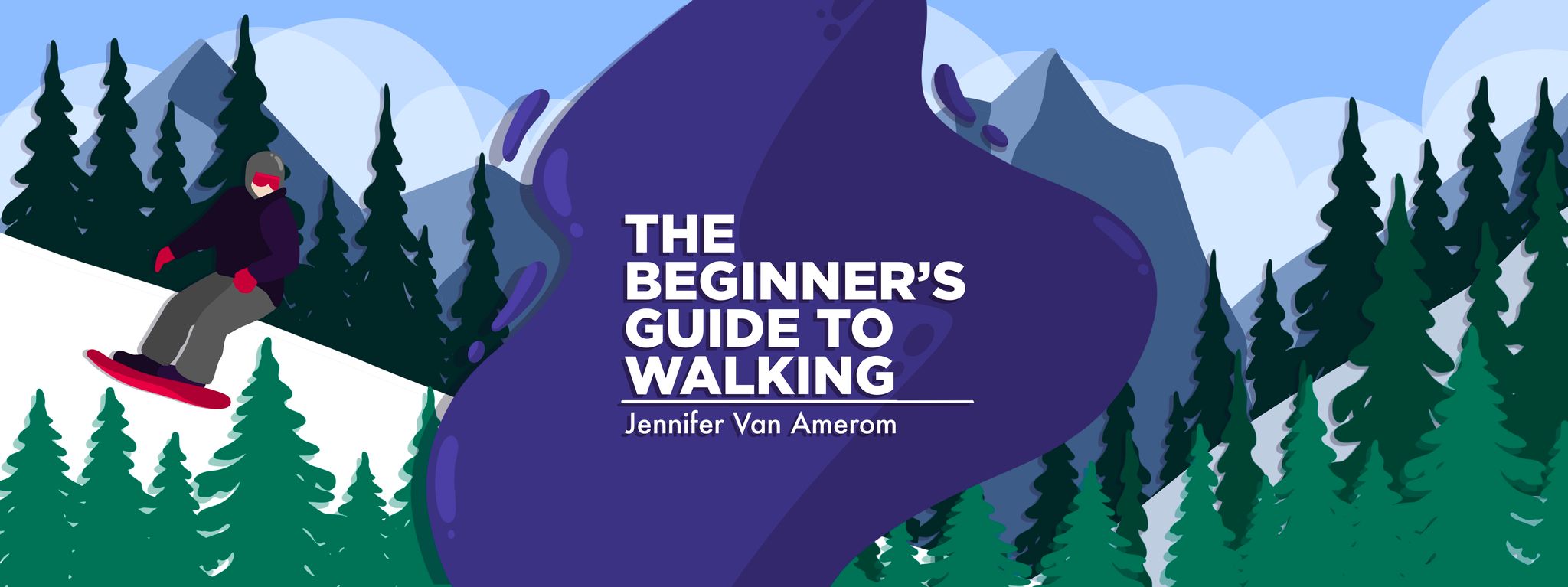Does Mother Nature already have the cure for NMOSD?
Whatever the makeup of our medicines, I want answers and effectiveness
Written by |

Passing through the Great North here in Canada reminds me of how much I love being connected to nature. I never get enough of it when living in a metropolitan city. Modern medications are saving my life, but I can’t help but wonder if the answer to neuromyelitis optica spectrum disorder (NMOSD) lies along the great oak trees and in the forest bed.
Traveling through Northern Ontario and into Manitoba recently, we were reminded of the area’s indigenous tribes. Many of their traditional remedies are derived from Mother Earth, though of course they also rely on mainstream medicine for serious ailments and diseases. Many tribesmen, for instance, use natural ingredients that create hallucinations as treatment, and that’s one way to eliminate pain. But I don’t think it’s sustainable.
A couple of years ago, a friend sold me some essential oils. She swore by many of them, including lemon, which she said I could drop into water and drink to help cleanse my digestive tract. She recommended peppermint for upset stomachs and eucalyptus for the common cold. I bought the full range of products, mainly because I wanted these natural remedies to be effective. But in the end, I rarely use them.
Still, I’m a sucker for things that smell amazing, and these oils do provide me with comfort. Some scents, like lavender, help me feel less anxious. But I have a large lavender plant growing around my rosebush in my backyard, and I prefer the fresh sprigs over the oil.
Seeking a cure
I believe the planet may have its own answers to our healthcare woes, though I’ll never be a naysayer about mainstream medicine. After all, science has contributed immensely to our species’ evolution.
Further, science is also bringing on artificial intelligence (AI) faster than our governments can regulate it. If AI can continuously learn, perhaps it can see what humans already know but haven’t connected yet, and that may lead to a cure for many rare diseases, perhaps including NMOSD.
I need to believe that there’s a cure for this illness in my lifetime. Perhaps it’ll be found a little too late for me, but I want future patients to have a better quality of life than I do. When every day is a battle, the definition of stress is living in pain and uncertainty about what will come next.
That’s why I’ve decided to participate in research studies I qualify for. Along with my local hospital, researchers are following me year after year to better understand my quality of life or lack of it, as well as how my disease affects the way I make decisions. Their focus is on pain management and the impactful role it plays in the lives of NMOSD patients.
However they come, I want some answers.
I’m curious to know your experience with research studies. Please share them in the comments below.
Note: Neuromyelitis News is strictly a news and information website about the disease. It does not provide medical advice, diagnosis, or treatment. This content is not intended to be a substitute for professional medical advice, diagnosis, or treatment. Always seek the advice of your physician or other qualified health providers with any questions you may have regarding a medical condition. Never disregard professional medical advice or delay in seeking it because of something you have read on this website. The opinions expressed in this column are not those of Neuromyelitis News or its parent company, Bionews, and are intended to spark discussion about issues pertaining to neuromyelitis optica spectrum disorder (NMOSD).







Chuck Visnic
Good article; stay positive. I think there is a cure!
Mary Medrano
I am 74 years old and was diagnosed with NMOSD April 2020. I became a partial paraplegic and was bedridden until home healthcare started with Physical Therapy. Today I am able to walk about 200 feet before exhaustion sets in. I live with pain from my waist to my toes. I have found relief with a baclefon pump implant. It has been a long haul to get here but I don't see me advancing past this point. I was active and loved quilting. I looked forward to working in my yard but now I am dependent on my husband for almost everything. My life has revolved around doctor visits and short drives to buy essentials. I know I should be grateful that I am otherwise in good health. I am somewhat afraid of the unknowns. I wait for the other shoe to drop or worse yet what fate awaits me. How long do I have to live? I try very hard to be optimistic but it is difficult ..